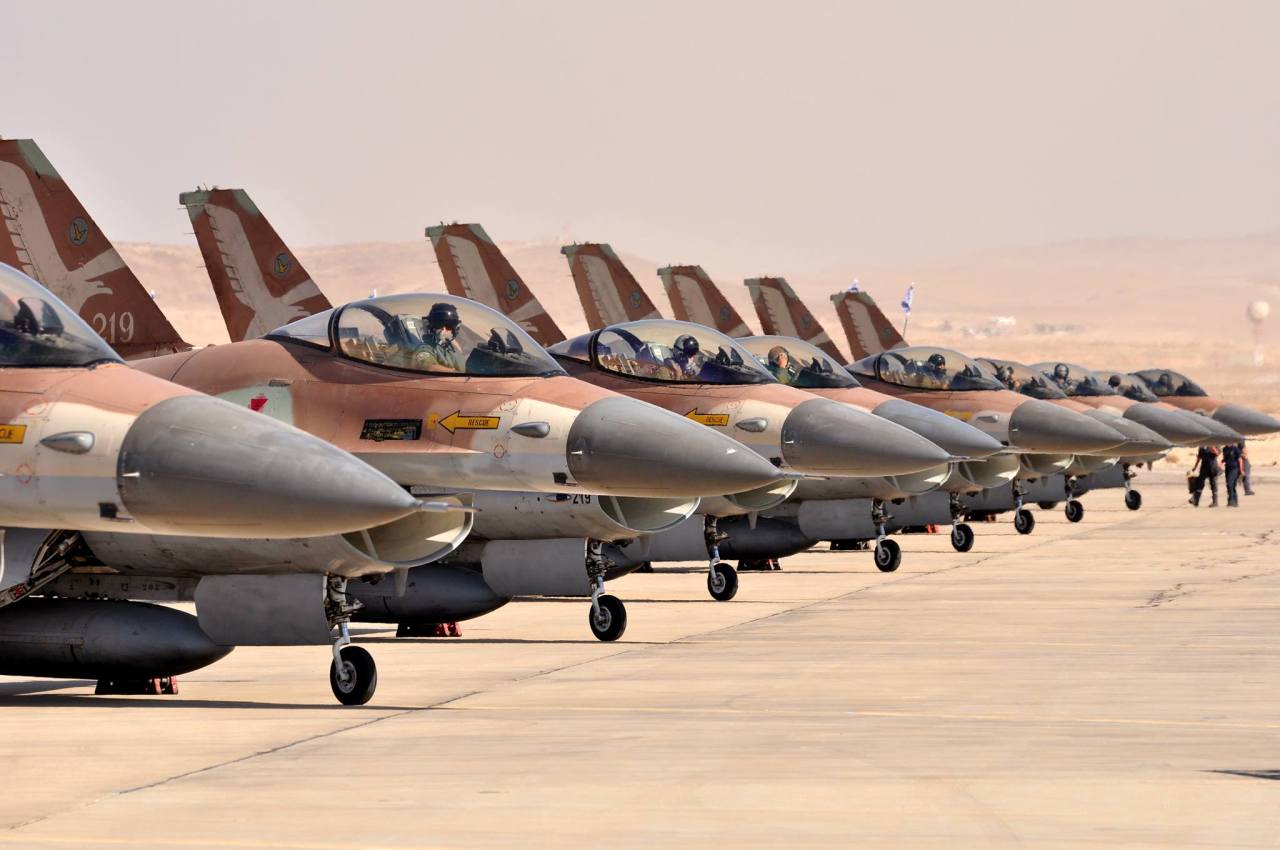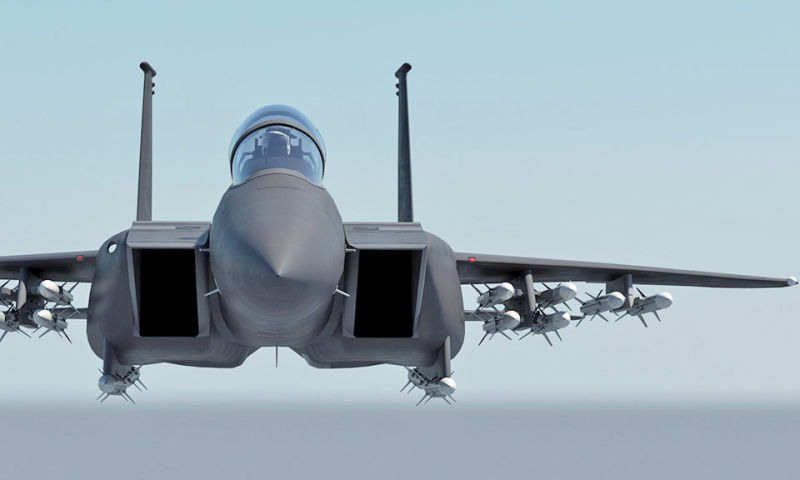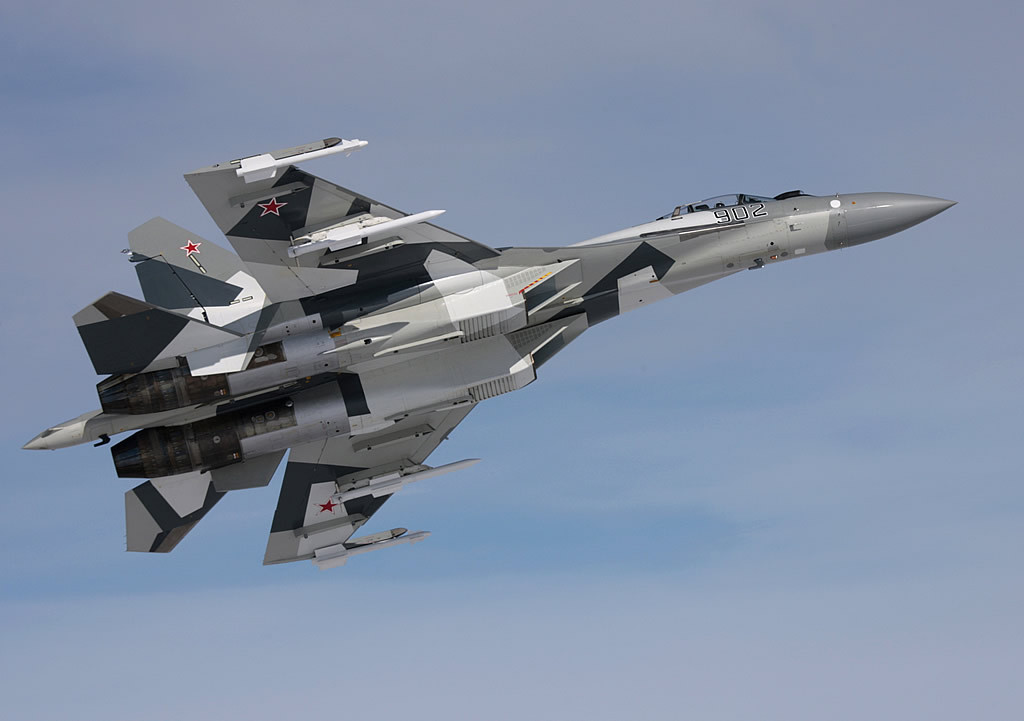TO ALL ITS NEIGHBORS
The F-15 and F-16 were designed in the 1970′s DURING THE COLD WAR to defeat the Mig-21, 23, 31 (which had vacuum tubes) and the SU-24.
Israel’s neighbors are adding new advanced fighters that surpass the IAF’s older fighters. Israel has so far ordered 33 F-35 Lightning IIs, but the aircraft’s sluggish performance and delayed delivery raise troubling questions about the IAF’s future as the dominant air power in the region.
The F-35’s development has been plagued with delays and budget overruns. In 2001, the Government Accountability Office (GAO) estimated the average cost per aircraft would be $69 million and that it would enter initial operating capability sometime between 2010 and 2012. However, it wasn’t until July of this year that the first variant, the F-35B, was declared ready for service, and the GAO predicted last year that the average aircraft cost could rise to $135 million.
But the real blow to the IAF came early this summer when testimony by an F-35 test pilot suggested that the F-35 is less capable in air-to-air combat than the older aircraft it is meant to replace. While, the USAF and the aircraft’s chief designer Lockheed Martin have argued that the pilot’s simulated dogfight involved an early model F-35 which lacked advanced sensors that come standard on production models. Nonetheless, statements by the test pilot point to alarming shortfalls in power and maneuverability.
The report also revived a reoccurring debate among air-power theorists about the future of aerial combat. There are those who claim that modern technology, stealth, and improved air-to-air missiles negate the need for agile fighters in traditional close-combat dogfights. The F-35 was designed with this concept in mind.
If the F-35 cannot hold its own against fourth-generation fighters, which are increasingly equipped with infrared sensors that can detect stealth aircraft, it will be limited to ground-attack missions and require escorts to carry-out operations in contested airspace. The former head of the USAF’s Air Combat Command admitted last year that the F-35 was not built as an air-superiority fighter and needs the USAF’s existing stealth fighter, the F-22, to protect against enemy aircraft.
This shortfall represents a major problem for Israel, which cannot acquire the F-22. Congress banned its export and production ended in 2011. Israel will therefore have to continue to rely on its existing fourth-generation fighters to retain competitive air-to-air capability – which undermines a core reason Israel invested in the F-35.

Meanwhile- Test Pilots: Stealth Jet’s Blind Spot Will Get It ‘Gunned Every Time’
Against 4.5 gen air like the SU-35, with by FAR longer range than the F-15

Are we TIRED of winning?
1 comment:
At every turn the F-35 is proving why Israel needs its own fighter development capability - a capability that the Israelis gave up when the Lavi program was cancelled in 1987.
Post a Comment